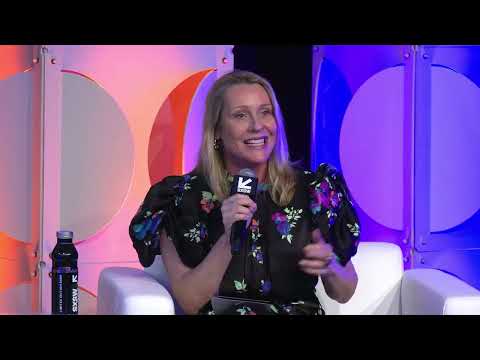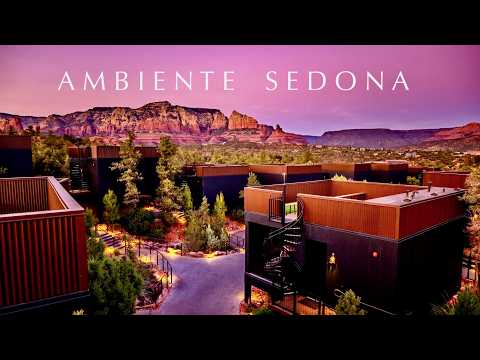The alleged BIRTHPLACE of TEA! They have been tea farmers for over 1000 YEARS! EP28, S2

good morning, brother Be my guest I'll take a walk I'll drop by later Ok. come later So in this village Almost every family Indeed, every family makes tea Good morning, everyone Welcome to my channel Season 2 unseen china Today I am going to visit one of China's one of China's Oldest tea production region Jingmai mountain And I am also going to learn A new ethnic minority Blang people They make tea Recent days it also happens to be shan-kang festival The new year for Blang people So there will be a lot of festival events On the mountains And today I was also quite lucky I got the number of the driver And then I got a number of a family Who makes tea in Mangjing village So I plan to stay at her house So she is able to give me a lift So now I am waiting in Hui-min Town In front of a fruit store To wait for her to pick me up (Talking in Blang language) good morning everyone Nice to see you again Today I got dressed up in Traditional clothes of Blang people My host gave it to me I am now on the roof top Of her house Look at those mountains and big trees This is one of the birthplaces of The world's tea culture Those are the bedrooms for the guests There are 3 of them and I live in that one Let's go to the ground floor That's a big wok to make tea It's a living room And also a tea drinking room There is also a first floor It's there And it's a kitchen Most of the houses are modern houses They are different from stilt house But you can still see some traditional elements Do you have ear piercing Yes I do Thanks So my host gave me this because we're going to the festival That's all mine. I see that's hair decoration And this is her wardrobe You see, I've got flowers Let me have a look That's beautiful! It looks great from the back Very beautiful Let's eat This is our lunch We have a rotating table Which is pretty cool There are some interesting dishes So first of all this one That is bee So yesterday they got some beehives From Lan-cang market The street market And they cook it with some Chinese chives (not leek) And we've got some Qiu-kui (Okra) Fried fish And vegetables with pork This is grounded beef And pepper And this is bitter sausage What's in it? There are different ingredients It's also a local delicacy The total population of Blang people Is a little bit of more than 120k It's not a very big group But they are indigenous to this region They are the earliest people Who started cultivating tea plantation They are also the ones Who passed on this knowledge To other minorities in this region Such as Wa people and Dai people for them tea is every thing They drink tea, they make tea They worship tea And for them tea is every thing This is the outfit of the day I've also got white sandals Because they fit my black dress better And this This is an offering to the Tea Ancestor It's loose tea wrapped in Bamboo shoots shell And this is a candle The yellow thing is a candle And a 20 yuan banknote So I am going very soon With A-jie (elder sister) They all park the motorbikes here We can already hear the sound They are dancing right now And this ceremony is on this mountain This small hill top I think it looks nice to get dressed up looks good (She sent a TikTok post) This beauty camera is too much! Isn't it good? Sure So everyone in the village is here That's why there is a long queue Come here, we are late We're a bit late Everyone gets dressed up The boy starts shooting water So you also have to be careful Some people might pouring water onto you Because Shan-kang festival is similar To Songkran festival Dai people and Blang people Share a lot of culture and festival together So during their Shan-kang festival There is also water pouring event Look, those big water tanks Without any exception Everyone has a (bag of) tea And a candle, and a banknote There are 10 different villages attending the event And that's why there are a lot of people And it's crowded And inside this room there are the ancestors Of Blang people The first one who settled down here And started the settlement His name is pa-ai-leng That's our 7th princess Our ancestor is pa-ai-leng (His wife is) 7th princess the daughter of Dai king The daughter of Dai king? Yes, the most beautiful princess was married to him And perhaps that explains Why Dai people and Blang people Have such a close relationship Because the princess of Dai people Was married to the ancestor of Blang people That is the ancestor of Blang people And the ritual is that You give your offerings And you kowtow Meaning bow on your knees And do that (kowtow) 3 times Shangkang Tea Ancestor festival is Blang' new year Nuo-gan village is a Dai village Nuogan in the Dai language means "the place where deer dink water" Mangjing is a Blang village So this is the so called crab feet This is pricy, about 5000 yuan per kilo 5000 yuan per kilo? This is one of the most expensive parasitic plants It's good for the 3 Highs, And lower blood glucose it's Antiinflammatory it gathers the essence of the tea trees Ok, I see Pang-xie-jiao, literally means crab feet It looks like one too It (might) has a lot of medical effect And that's why it's so expensive But again If you are an expert Tell me what plant it is exactly There are also Some pretty interesting fruits in the village That is jackfruit This is a tree I guess this is a fig tree i really want to show you I am crazy about fruits that you can pick It looks like a fig It smells like alcohol I think it's already bad But it's a very interesting plant So if you know what So if you know what kind of fruit is that write your answer in the comment To help me know more about this beautiful nature To help me know more about this beautiful nature good morning everyone So yesterday I have moved to Wengji Village This village It's a representative typical Blang village So every village in this region All the families here live on tea farming However, all the houses Remain a traditional style So today I want to show you this beautiful village And the life here I am going to start with the place where I live I am going to start with the place where I live So I live with a local family The tea farmers This is their house It's one of the relative bigger houses In the village And it's also in a better condition So this is the ground floor This is their tea shop Where they sell self-made tea Oh, the swallows And in the back yard it's their tea factory This is the big wok to make tea That is a roasting or baking machine That's the tea they made yesterday I think the 2nd floor is the A storage or sun-drying room they also have a small restaurant Where they make breakfast So this is the kitchen And this is the restaurant They can make very simple breakfast such as mi-gan, rice noodles And I live on the 2nd floor This is a traditional typical pile house It's wooden There are some small nice bonsai orchid shi-hu they don't have many rooms for tourists There are 2 rooms for tourists only This is my room A small room We have a shared toilet For everyone On the wall of this family There is an interesting form Documenting the yearly income Of the year 2019 So the total income from farming Including ancient tea tree ecological tea farm Rice farm, corn, pigs, chickens So everything added up together It is 190,000 yuan For a family of 6 Excluding, I guess the income from hotel accommodation And the restaurant So this family is one of the Families with higher income Because they Take a very good location There are a lot of tourists coming Sometimes come for a drink Or some tea But not every family Earn this much Ok let's go I am going to show you around there is another village called nuo-gan It's lived by Dai people It's very similar to this one It's also less touristy And if you are visiting jingmai mountain I also recommend that you go there I am not going to show you unfortunately But I have been there I just didn't make a video about it good morning, brother Be my guest I'll take a walk I'll drop by later Ok. come later
In wengji village Every family has a small tea factory And every family makes tea Sells tea And you will get invited To try tea for free Some people complain that It's too much commercialized But I found it's unfair Because tea is their primary source of income And it's natural that they will sell tea To make some money And the difference between a Blang village And a Dai village is that You can see from the rooftop Blang village has some tea leaves Whereas in Dai village It's the shape of a buffalo horn It's water There is a big water tank But all houses are wooden It's very easy to catch a fire And in such a case They can take water directly from the tank And this family is making dried bananas Naturally dried bananas It's very tasty And every family has a big wok To roast tea or to bake tea A food truck comes to the village all Blang villages follow a similar pattern There is always a Buddhist temple And this is the Buddhist temple It's on the top of the village In Jingmai mountain there are both Blang villages and Dai villages Those two people have Very close relationship Blang people use Dai calendar They celebrate almost the same festival And the architecture style is very similar they are just finishing I guess they just finished picking tea leaves They pick tea leaves during the day time And roast tea at night This is also the end of my today's video I hope you enjoy watching it And tomorrow I am going to show you The traditional way of tea-making Thanks for watching And see you next time
2023-05-22 23:30


